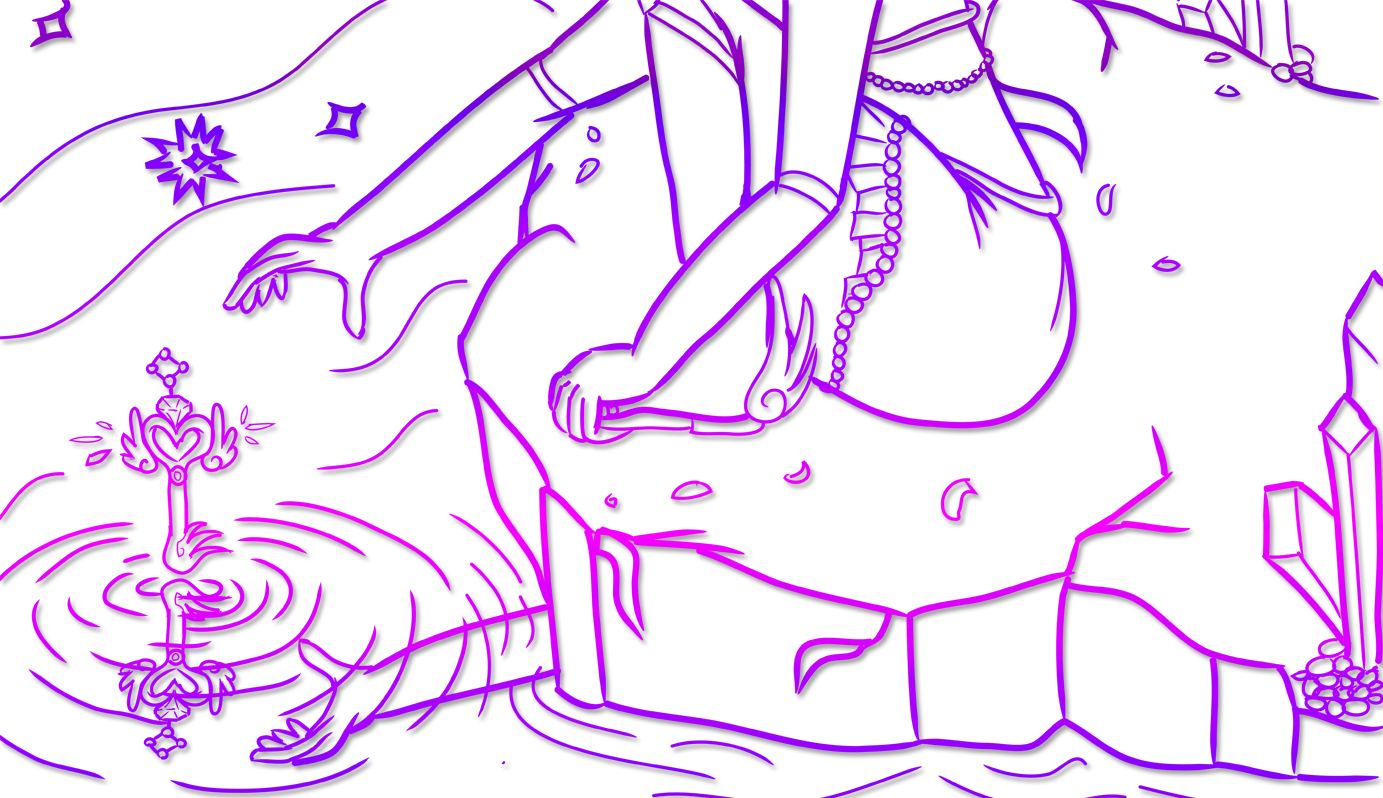Obviously, spoilers ahead if you have not completed the game Earthbound/Mother 2 Proceed with Caution – You have been warned!
Conclusions on UX
In the end, I’ve talked a lot of talk about the Giygas battle, and what it might mean. But I haven’t particularly said why.
I work in user experience and I was struck by the experience I had during this final battle and how certain ideas and thoughts struck me regarding it even after the fact. I wanted to understand why I felt the way I did, to try and boil down the brass tacks comprising the experience overall so that I might understand how these effects could be utilized in other experiences people may design. Of course, utilizing one or all of these elements won’t result in the same experience – there is a certain finesse, understanding, and showmanship required to create a memorable experience. But that is precisely why I wanted to explore these elements.
Understanding users, presenting your content effectively and in a way that makes users desire more interaction or to share their interaction experiences with others…this is what comprises a good user experience. Itoi and the Mother team’s understanding of how to represent Giygas and all the artefacts related to the battle with him or leading up to that battle in a way that would make their users experience it precisely in the way that they hoped they would…this is what makes this effective, memorable, and a worthwhile case study.
No one can pick apart the elements described here and recreate verbatim Giygas’s battle as a UX artefact for their own project – there are so many more variables, and the entire experience of the game is also represented in the encapsulation of the particular experience with the battle with Giygas. What they can do is recognize the psychology of design involved in the battle, the elements accounted for and how those elements effected the users, and consider the ways in which these could be implemented for their specific audiences or needs.
I knew after my battle with Giygas I had to write about it as a user experience developer, but I didn’t quite understand how or why. As I gathered my thoughts here, I recognized what I was describing was feelings experienced, emotions understood, and memories and connections created. These are all important aspects of a user experience. While a web client looking to have a user add an item to their cart is unlikely to care about the fear psychology that made the Giygas battle memorable, there are still many lessons and ideas from this case study that hold true to any UX need.
Let’s consider a few key lessons we might be able to take away from our analysis:
User experience is focused on the user.
I’ve harkened many times that in the end, the battle with Giygas is about the player, not about Ness, and that’s with an obvious reason to my end message. This is true of UX as well. Each user’s experience is memorable in that it is their own, and no two are likely to be alike. However, we can craft experiences in such a way that each has a great one, one they want to share.
Psychology is important to experience.
Fear, hope, and a myriad of other emotions the game coerces the player to feel are integral to the final fight against Giygas, and the feelings the player has entering the battle can effect their feelings overall. UX is no different. A user’s emotions when they enter a process on a website can determine how they feel at the end, and the emotions they feel throughout will influence their actions and experience. These emotions need to be accounted for, shifted, and extrapolated upon in whatever way best defines the ideal experience.
Ideas can differ, experience should remain the same.
Plenty of people disagree on what the form of Giygas is meant to look like or represent, but almost all of them agree that it’s unsettling. Whatever your project is, it should be no different. Users might disagree on what the exact messaging of a label should be, or which image best fits with a blog post’s message, or the best brand colors for your messaging. But in the end, what matters is that their experiences all boil down to the same things that you desire for them to feel or that they can complete the tasks they need to complete. If a label is disrupting a user’s experience, it’s probably a good idea to change that label. But if it comes down to semantics and is still intuitive, then the experience hasn’t been tarnished even though each user’s ideas may differ.
Positive emotions are very strong.
The themes of hope and a light at the end of the tunnel ring true in UX. User’s like feeling like they are one step closer to completion, that they’re almost to the finish line. Users enjoy feeling a glimmer of hope, and they enjoy feeling happy throughout the process of whatever their doing. These things seem obvious, but the battle with Giygas reinforces our discussion on that: in something so desolate and bleak (think maybe…a tax audit process on a website?), little moments of happiness and positivity can be what it takes to create a positive, memorable experience overall (assistive features, progress bars, positive feedback after task completions).
Don’t forget the little things….because they might just become the big things.
From the touching chills a player gets when they first notice that their prayers are being “heard” in the game, to the buildup of Porky’s evil reign, to each prayer slowly fracturing Giygas and each Sound Stone melody making Ness and friends stronger…each moment is memorable and matters to the overall experience. One button being non functional or not working as users might intend on your interface might not seem like a big deal when you’re so focused on ensuring your conversion process is streamlined and perfect…so focused on that end goal, but that might be the button the user was hoping to use and changes their perception wildly of the product. And what if this user was a big name blogger, who now talks ill of your product to thousands of followers, who share that article like wildfire….sounds a lot like a Porky situation, doesn’t it?<br> While this scenario might be unlikely, and it’s important to streamline those areas users are most likely to utilize first, it makes for a lesson worth keeping in mind. Tiny moments like remembering a user’s billing information, or showing them costs with shipping and tax up front, or making the registration process a bit more fun and simple – these are all tiny moments that influence your user’s perception of the product overall, and those tiny moments just might be the thing that separates you from your competitor and makes you the winner in your user’s eyes.
This has been my analysis on the final fight with Giygas in Earthbound. I know some of my ideas were obviously following my own interpretations or train of thought, but I hope they made sense in the grand scheme of my analysis and my concepts of the psychology of the fight and how these relate to usability, and maybe gave you a new twist on your own perceptions of the battle, however minor.
I hope you enjoyed, I hope it got you thinking, and I hope you maybe learned something along the way! 🙂 Thanks for reading!
“The War Against Gigyas is Over….Our Travels Together End Here” – Epilogue, Earthbound
EarthBound copyright Shigesato Itoi, Nintendo, HAL Laboratory and Ape Inc.



